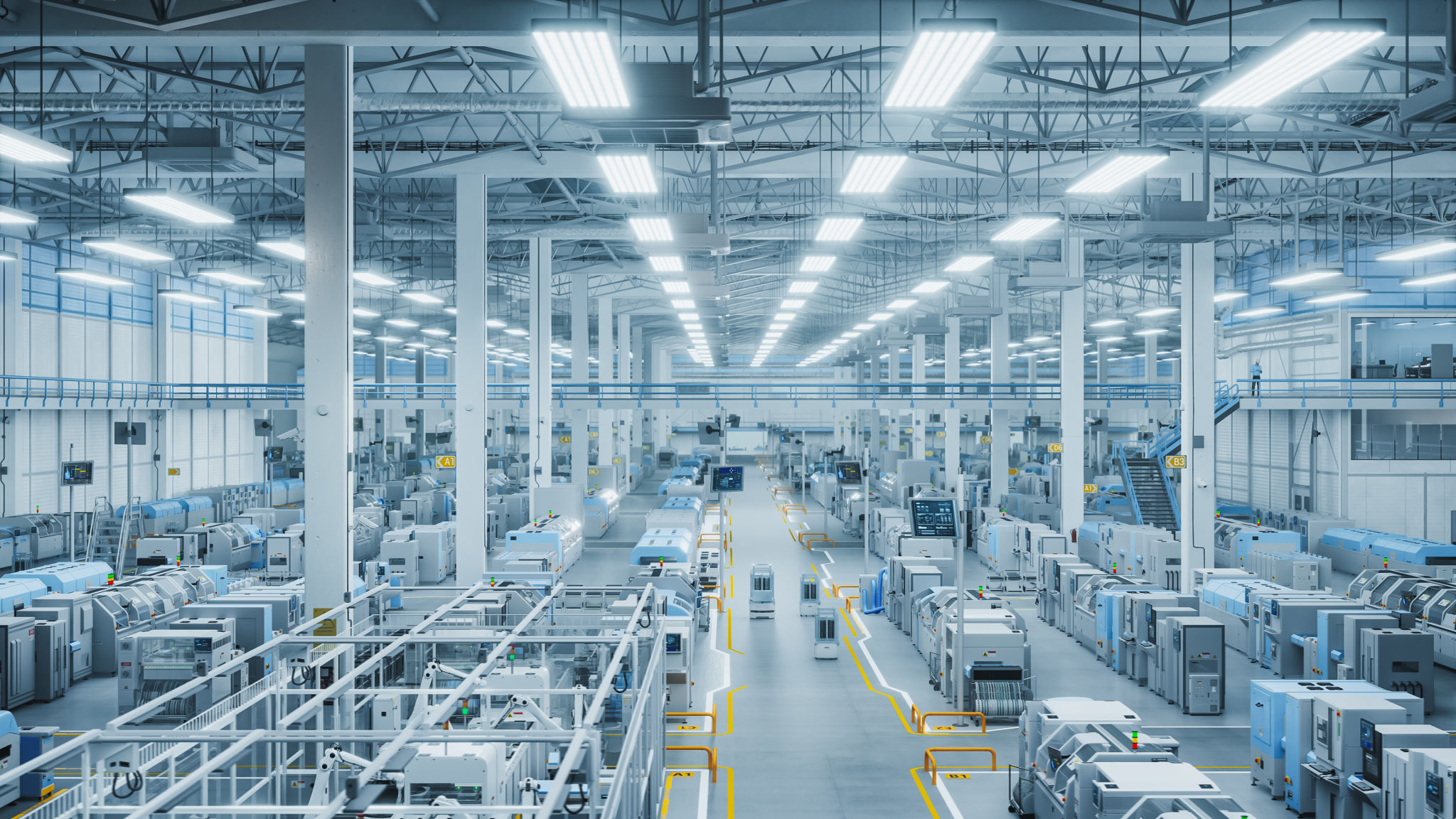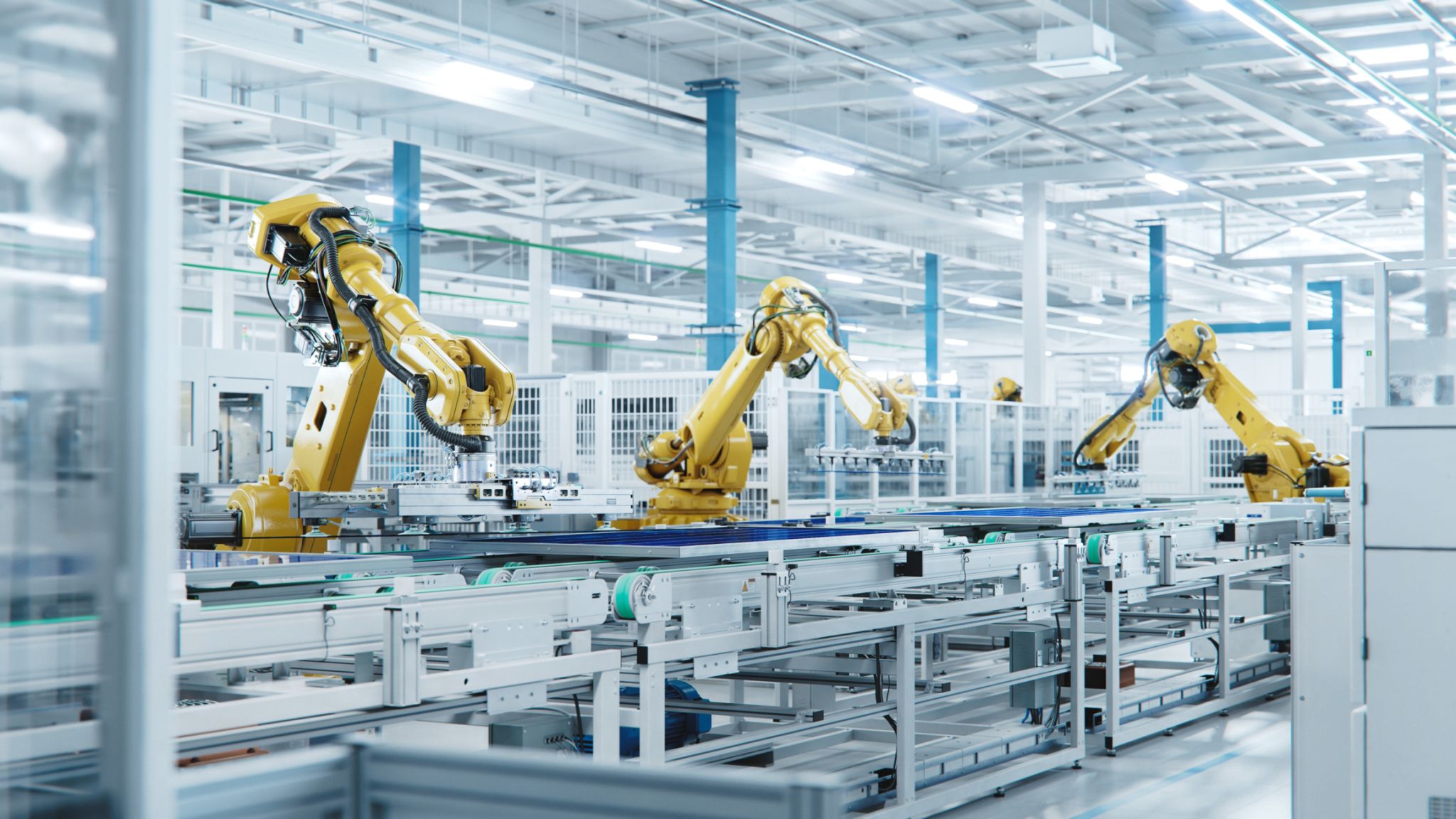A Comprehensive Guide to Choosing the Right Industrial Robot for Your Business
Understanding Your Business Needs
Choosing the right industrial robot for your business begins with a clear understanding of your specific needs and goals. This involves analyzing the tasks you want to automate, the environment in which the robot will operate, and the desired outcomes. Consider factors such as production volume, precision requirements, and integration with existing systems. A thorough assessment will guide you in selecting a robot that aligns with your operational objectives.

Types of Industrial Robots
Industrial robots come in various types, each designed for specific applications. The most common types include:
- Articulated Robots: Known for their flexibility, these robots have rotary joints and are ideal for tasks such as welding and assembly.
- SCARA Robots: Best suited for pick-and-place tasks, these robots offer high-speed performance and precision.
- Cartesian Robots: With linear axes, these robots excel in tasks like CNC machining and 3D printing.
- Cylindrical Robots: Often used in assembly operations, these robots have a rotary base and linear arm movement.
Key Features to Consider
When evaluating different industrial robots, pay attention to key features that align with your business needs. Consider the robot's payload capacity, reach, repeatability, and speed. Additionally, evaluate the ease of programming and compatibility with existing systems. Investing in a user-friendly robot can significantly reduce the learning curve and enhance productivity.

Budget and Cost Efficiency
Budget is a crucial factor when selecting an industrial robot. While initial costs can be significant, it's essential to consider the long-term benefits of automation. Evaluate the total cost of ownership, which includes maintenance, energy consumption, and potential downtime. Investing in a reliable and efficient robot can lead to substantial cost savings over time.
Integration and Compatibility
Seamless integration with your current operations is vital for maximizing the benefits of industrial robots. Ensure that the robot you choose is compatible with your existing hardware and software systems. Consider consulting with integration specialists to facilitate a smooth implementation process, minimizing disruptions to your operations.

Safety and Compliance
Safety is paramount when introducing industrial robots into your workplace. Choose robots that comply with industry safety standards and regulations. Consider features such as collision detection, emergency stop functions, and safe speed monitoring to protect both workers and equipment. Implementing safety measures not only ensures compliance but also fosters a secure working environment.
Future-Proofing Your Investment
As technology evolves, it's important to select industrial robots that can adapt to future advancements. Opt for robots with modular designs that allow for easy upgrades and expansions. This flexibility ensures that your investment remains relevant and capable of meeting evolving production demands.
Consulting with Experts
If you're uncertain about which industrial robot best suits your needs, consulting with industry experts can provide valuable insights. These professionals can offer guidance on selecting the right robot model, ensuring optimal performance and return on investment. Engaging with experts can also help you stay informed about emerging trends and innovations in industrial robotics.

In conclusion, choosing the right industrial robot involves careful consideration of various factors, from understanding your business needs to assessing budget constraints and ensuring safety compliance. By taking a strategic approach and leveraging expert advice, you can make an informed decision that enhances your business operations and positions you for future success.